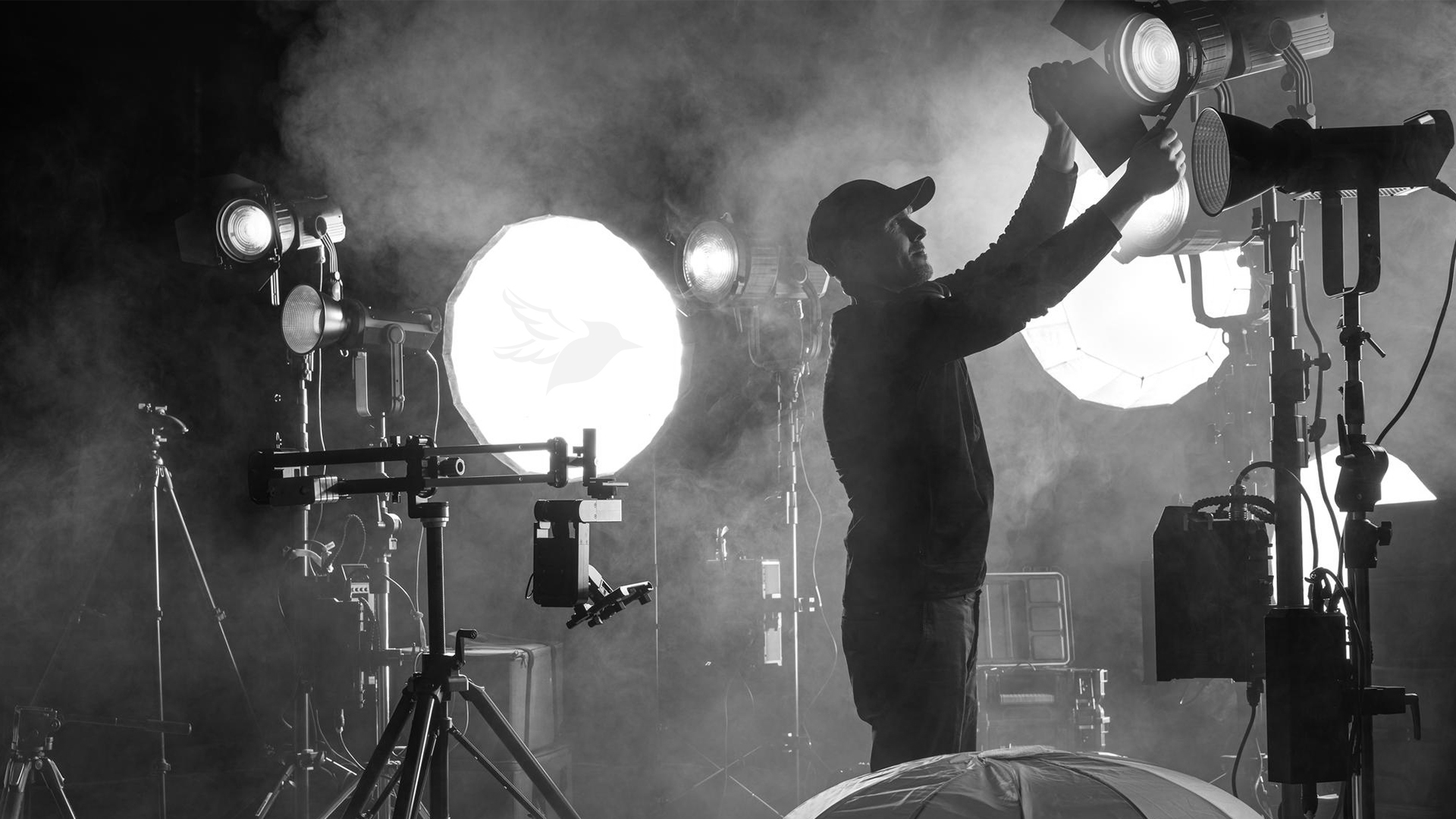

Films
Feature Films
Full-length movies, typically between 90 minutes to over 2 hours. Feature films tell a complete, narrative story and are often produced for theatrical release, streaming platforms, or television.
Examples: Blockbusters like The Avengers or Inception. Independent films like Moonlight or Lady Bird.
Short Films
Short-form storytelling, typically under 40 minutes, often used as a stepping stone for filmmakers to demonstrate their skills or tell stories that don’t require a full-length feature. They are popular in film festivals and as proof-of-concept projects.
Examples: Hair Love (Oscar-winning animated short). The Neighbors’ Window (live-action short film).
Documentary Films
Non-fiction films that explore real-life events, people, or issues. Documentaries aim to inform, educate, or persuade the audience by presenting facts and real stories, often with interviews, archival footage, and analysis.
Examples: 13th (about the U.S. prison system). My Octopus Teacher (about a man’s relationship with an octopus).
Animation
Films that are created using animation techniques, either through 2D, 3D, stop-motion, or hand-drawn styles. Animated films are not limited to a specific audience and range from children’s stories to complex narratives.
Examples: 2D Animation: The Lion King (original). 3D Animation: Toy Story, Frozen. Stop Motion: Coraline, The Nightmare Before Christmas.
Experimental Films
Non-traditional, avant-garde films that often challenge the conventions of narrative, structure, or technical aspects of filmmaking. These films focus on exploring unique visual styles or philosophical themes rather than a linear plot.
Examples: Meshes of the Afternoon (surrealism). Koyaanisqatsi (non-narrative visual experience).
Music Videos
Short films designed to accompany and promote a song, typically 3-5 minutes long. Music videos are often experimental in style and can range from narrative-driven to abstract visual representations of the music.
Examples: Michael Jackson’s Thriller (narrative-driven). Beyoncé’s Single Ladies (performance-driven).
Web Series
Serial films produced specifically for digital platforms (e.g., YouTube, Netflix, Vimeo). Web series consist of episodes that tell a continuous or episodic story, often with shorter episode lengths compared to traditional TV series.
Examples: Cobra Kai (YouTube, now on Netflix). The Guild (one of the first popular web series).
Television Films
Films made specifically for television broadcast, often with a lower budget and produced faster than theatrical releases. TV films can be standalone features or part of a series.
Examples: Sharknado (Syfy original). Hallmark Channel’s seasonal romance films.
Corporate Films
Films produced for corporate purposes, such as internal communications, training videos, promotional content, or investor presentations. These films are often informative and focus on a company’s products, services, or values.
Examples: Internal training videos for companies like Google or Coca-Cola. Company promotional videos featured on websites or social media.
Educational Films
Films created with the goal of educating the audience about a specific subject or concept. These films are often used in schools, universities, or online learning platforms to explain complex ideas in an engaging way.
Examples: Cosmos: A Spacetime Odyssey (scientific documentary series). Bill Nye the Science Guy (educational TV show for children).
Biopics (Biographical Films)
Films that tell the true story of a real person’s life, often focusing on historical figures, celebrities, or influential people. Biopics balance factual events with dramatic storytelling.
Examples: Bohemian Rhapsody (about Freddie Mercury and Queen). The Theory of Everything (about physicist Stephen Hawking).

